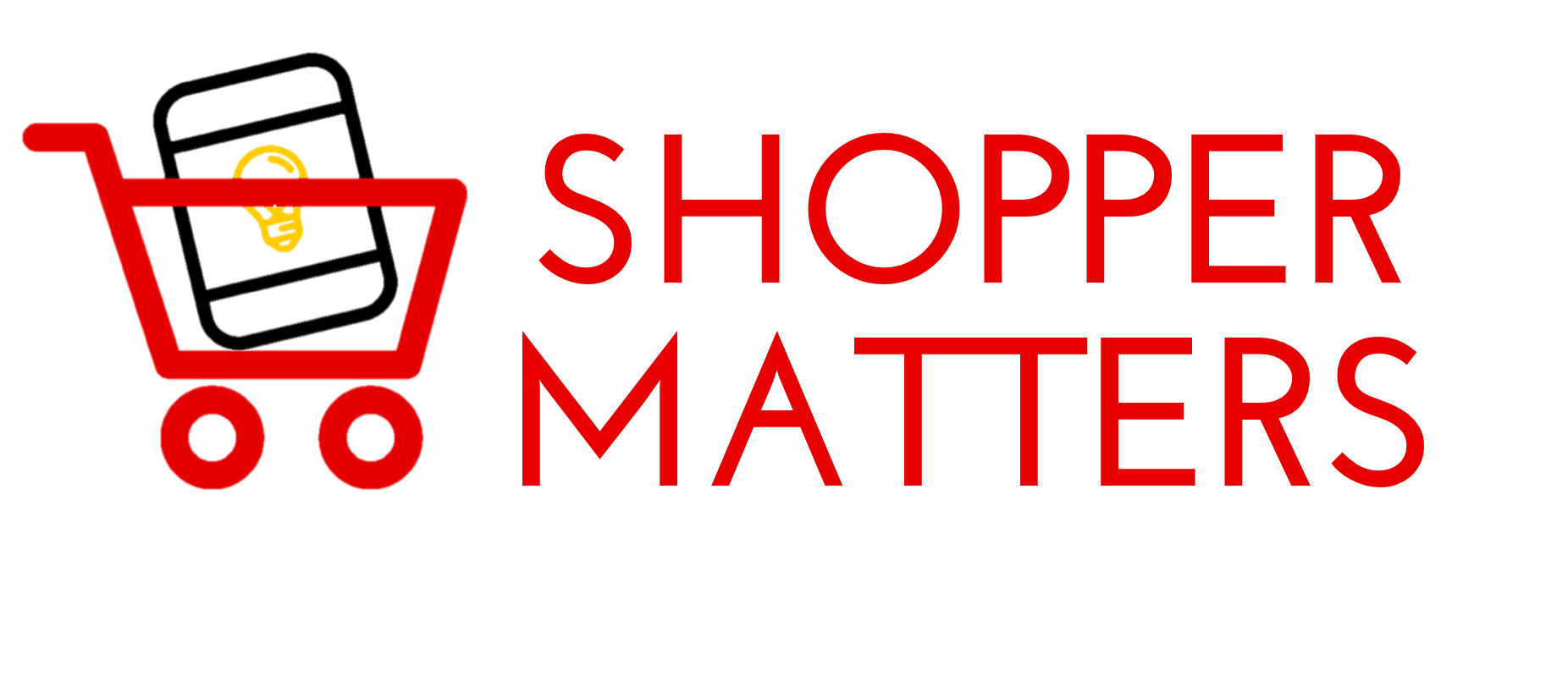Don’t Lose Sight of the Value of Your Supply Chain
The Path to Purchase is defined as ”the route shoppers take from discovery of a product/need, to actual purchase of a product”.
This is a major focus of the FMCG (fast moving consumer goods) industry.
There’s an “Institute” and a “Magazine” dedicated to the Path to Purchase.
Many consultants have made millions building complicated algorithms and processes to understand this complex “journey”.
According to Cadent Consulting, Shopper Marketing accounts for over 13% of many marketing budgets.
Budgets that are up over 200% since 2012 – a $17 Billion increase.
When identifying the shopper journey, however, a critical component of the product journey – the Supply Chain – has been left to its own devices.
rapidly evolving market
Our rapidly changing retail market mandates new ways of doing business.
Traditional supply chain processes are not relevant, or acceptable, when consumers want brands in their hands as soon as they order them.
The retail market has now “trifercated” into separate, and very different, value offerings.
Anchoring one side of the spectrum is Amazon, a pure play e-commerce player. Yes, their acquisition of Whole Foods complicates this story a bit.
On the opposite side of the model are the value chains such as Aldi, Lidl and Family Dollar.
Sitting firmly in the middle, is Walmart. With an enormous store base, and now, the jet.com offering.
Sprinkled throughout, but smaller, are traditional grocers and drug stores.
New supply chain methodologies and processes
Each retail “category” requires different supply chain thinking.
Amazon expects suppliers to ship direct to consumers from manufacturing centers.
Lidl expects “Retail Ready” packaging and displays.
Walmart demands Amazon pricing with hybrid distribution solutions.
Yet, many brands built supply chains to ship full pallets and truckloads directly to retailer warehouses.
Retooling this is both complicated and expensive.
New thinking and approaches are required.
When faced with this Sisyphean task, what’s a manufacturer to do?
use the supply chain to speak directly to the shopper
As a first step, all relevant supply chain resources must collaborate.
Get supply chain, primary and secondary packaging, merchandising and sales in one room.
Task everyone to think how to create and deliver “best cost” vs. “low cost solutions” in the face of these dramatic changes.
Best Cost is defined as “providing a value added, equity building response to supply chain challenges”.
Shipping directly to consumers provides interesting new communication opportunities.
The box, which brands now control, becomes a marketing communication and promotional vehicle.
In a complex and crowded advertising environment, for the first time, brands can control the medium and the message.
There may be a host of challenges, but the potential upside is tremendous.
Your packaging supplier probably has several ideas as to how to solve them, already.
Creating Retail-Ready packaging solutions for the value channel, also provides a host of benefits for brands and categories.
Constructed properly, this delivers a guaranteed billboard at the shelf.
Solution selling messaging, and seasonal offers now will have 100% compliance!
A brave new retail world
With the opportunity to talk directly to the shopper retail displays can get “smarter”.
New technologies enable an even more direct way to speak to shoppers at the point-of-sale.
The point?
Evolving retail supply chain requirements provide opportunities to communicate with shoppers at the point-of-purchase, and even to speak to consumers directly in their homes.
Decades of media fragmentation and complexity can be addressed with exciting packaging solutions.
Suppliers are already looking to develop unique packaging solutions that address this brave new world.
Challenging them to provide “best cost” vs. “low cost” approaches will provide new ideas to clearly differentiate your brand in the marketplace.
In this brave new world, it’s critical to take a page out of Amazon’s book, and “Fail fast Fail Cheap”.





